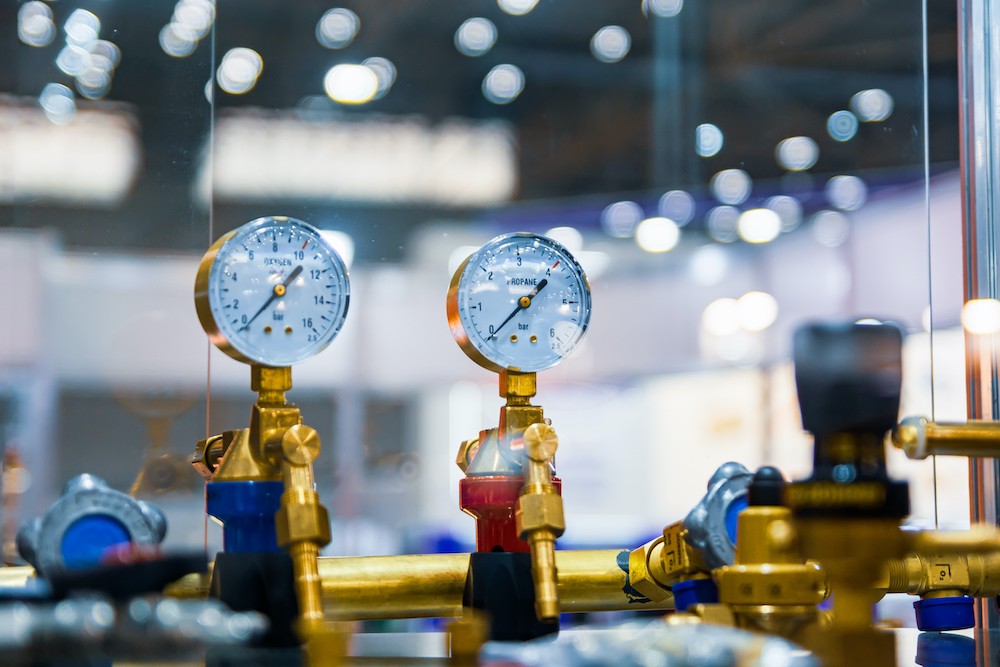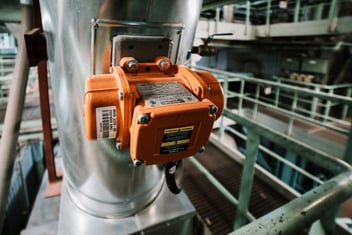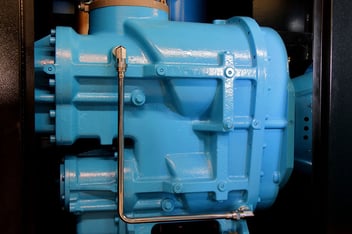Checklist: How to Audit Your Compressed Air System

The United States Department of Energy estimates that compressed air systems use as much as 10% of all electricity generated in the country. They also estimate that over 50% of that energy is wasted!
From air leaks to malfunctioning equipment, unnecessary use, and more, there are many possible explanations for why your compressed air system’s performance isn’t fully optimized. The only way to narrow it down and solve the mystery is to conduct an audit.
Below, we’ll discuss what a compressed air system audit is, why it’s important, and what steps it involves.
What Is a Compressed Air System Audit?
A compressed air system audit is a comprehensive process in which you identify areas of loss or inefficiency within your compressed air system. With a variety of tools and techniques, you can understand more about your system’s performance, as well as what you can do to improve it.
Why Is It Important to Audit Your Compressed Air System?
If your compressed air system is working harder and/or longer than it needs to, it’s using a surplus amount of energy that can seriously add up over time. Conducting an audit can help you better understand how your system is operating, and it can help you determine the best ways to improve its efficiency, reliability, and overall performance.
The bottom line? When your facility is wasting energy, it’s also wasting money – and, in order to remain profitable, you need a solution.
TMI’s Compressed Air System Audit Checklist
Now that we’ve been through what a compressed air system audit is and why it’s important, you’re probably wondering what the process involves.
For starters, you can definitely conduct a compressed air system audit on your own — as long as you have the necessary tools and technologies, and you know how to use them.
However, if you don’t have the required tools or you’re new to the auditing process, you’d likely benefit from hiring a professional to help you. There are plenty of compressed air experts, including us at TMI, that would be happy to offer you that service.
Whether you choose to hire a professional or do the audit by yourself, there are a few steps that need to be taken. Here’s the compressed air system audit checklist we use here at TMI, complete with three steps:
1. Measure
The first step of the audit process is to measure your current compressed air system, which involves hooking up kW loggers to each of your compressors on site. These loggers measure amps, volts, and power factors of the incoming power. Then, you should also hook pressure loggers to each compressor in order to measure their discharge pressures.
Once all the loggers are hooked up, let the equipment run and record for a week, or seven continuous days. They should take a sample every second.
2. Analyze
Once you have seven full days of data, you can use it to report certain performance indicators, including:
- Annualized compressed air system cost
- Plant demand flow
- System efficiency and benchmarks
- Backup system effectiveness
And once you see those numbers, you can start to analyze. This is when you really begin to understand your system, so make sure to look for any key patterns or inconsistencies. You may ask yourself questions like, “How much energy/air do second and third shift really use?” or “Do we have the appropriate pipe size for our compressor room and distribution system?”
3. Model
The final step is to take action based on your data analysis. Perhaps you need a completely new compressor, or perhaps you just need to make some small fixes to your existing system.
At TMI, we take things a little further in this stage. We make new compressor or system maintenance recommendations, then use sophisticated software to model the performance of that recommended system against the performance of your existing one — ultimately resulting in a precise energy (and cost!) savings figure.
In addition, we also make sure to include a comprehensive review of other suggested system improvements, like:
- HVAC (capturing dispersed heat and reusing to heat your space)
- Backup compressor viability
- Measures to save money on maintenance costs
- Ways to save on system pressure drops
- Ways to improve air quality
If you’re interested in having your compressed air system audited, choose TMI. Our experts perform hundreds of compressed air audits per year, using kW and pressure loggers to measure your system and benchmark it against industry averages. We’ll give you sound recommendations driven by data, so you can get a comprehensive view of how your system can be optimized. Contact our team to schedule your audit today.
Contact TMI Air Compressors



